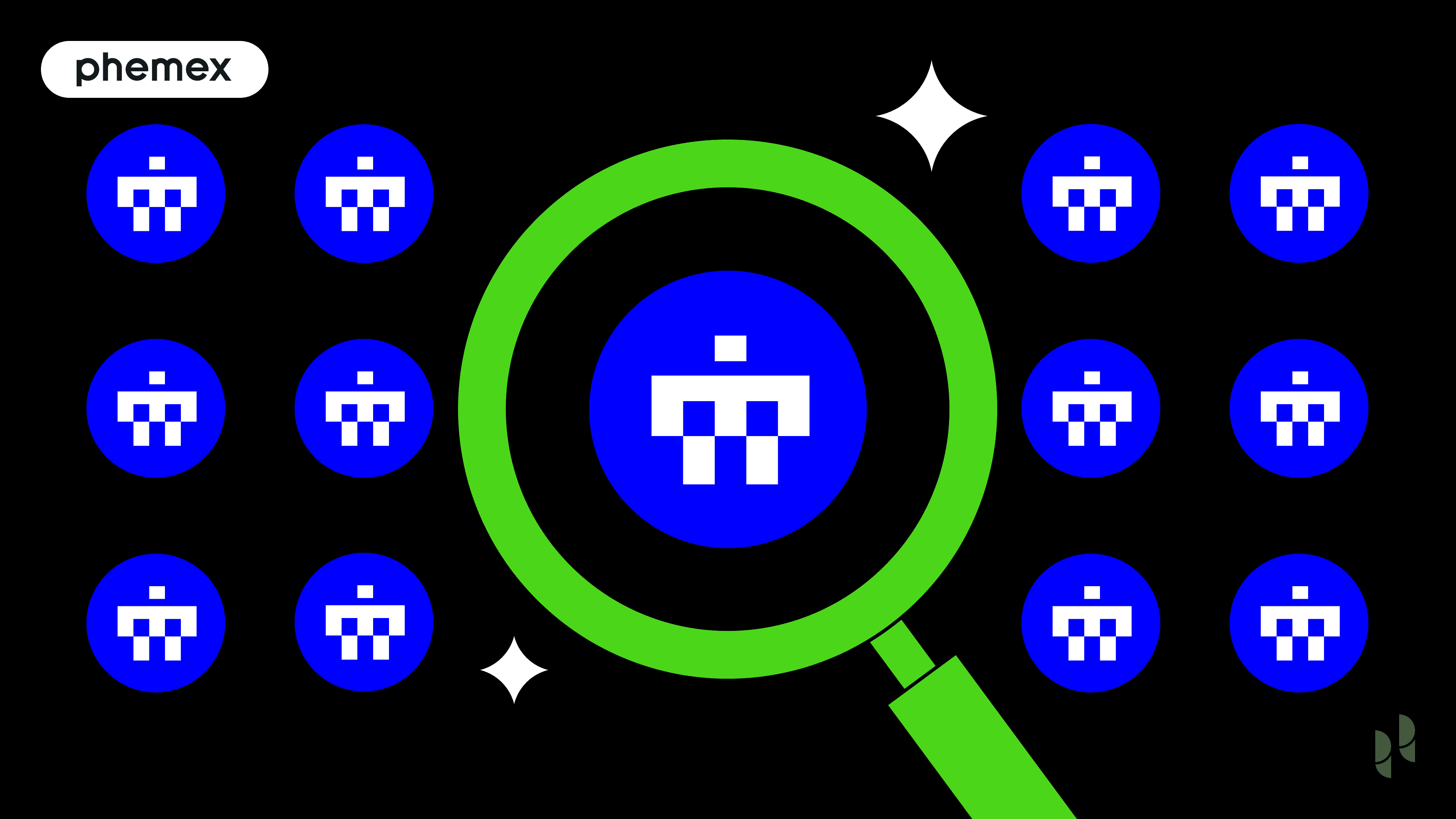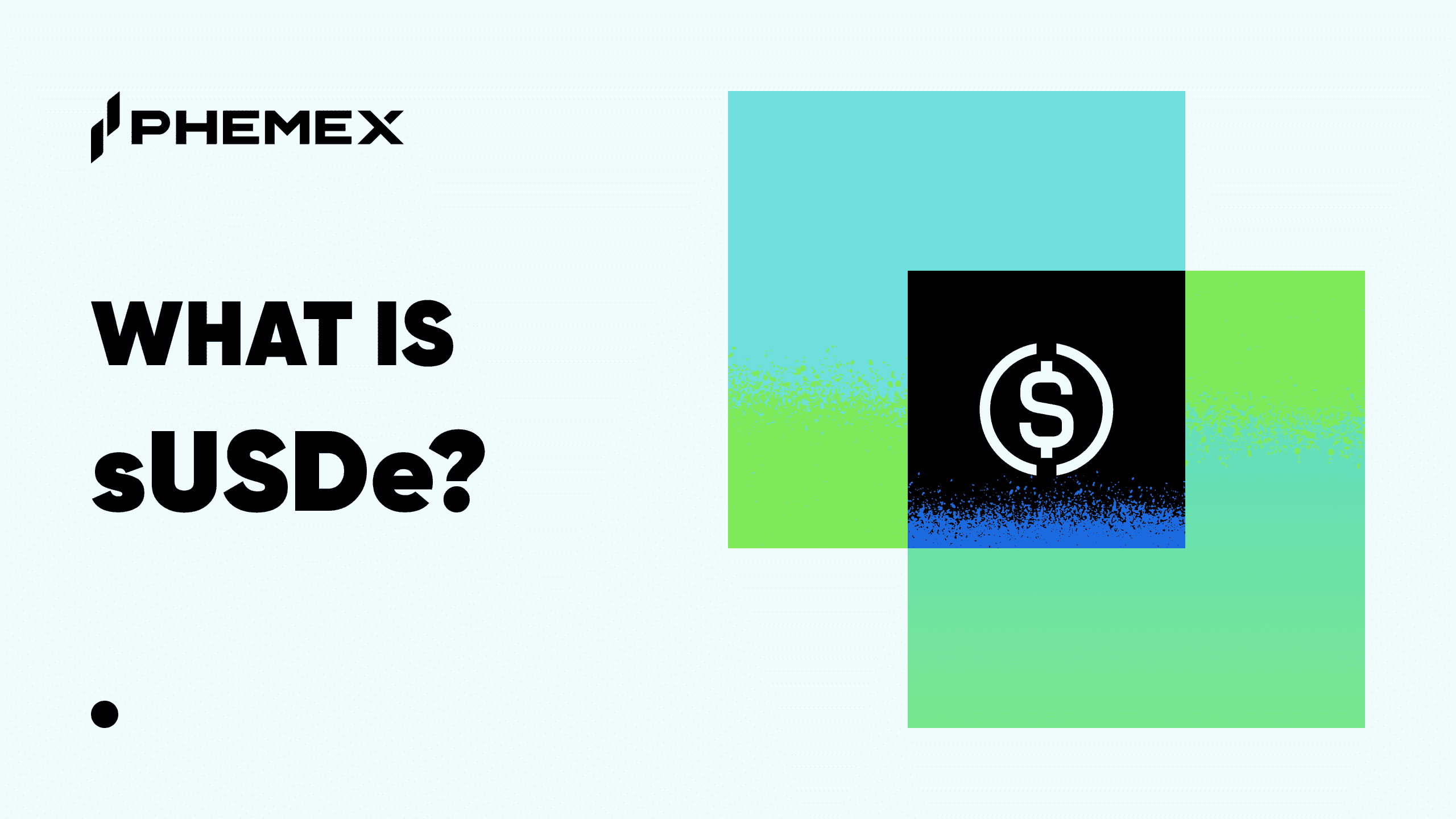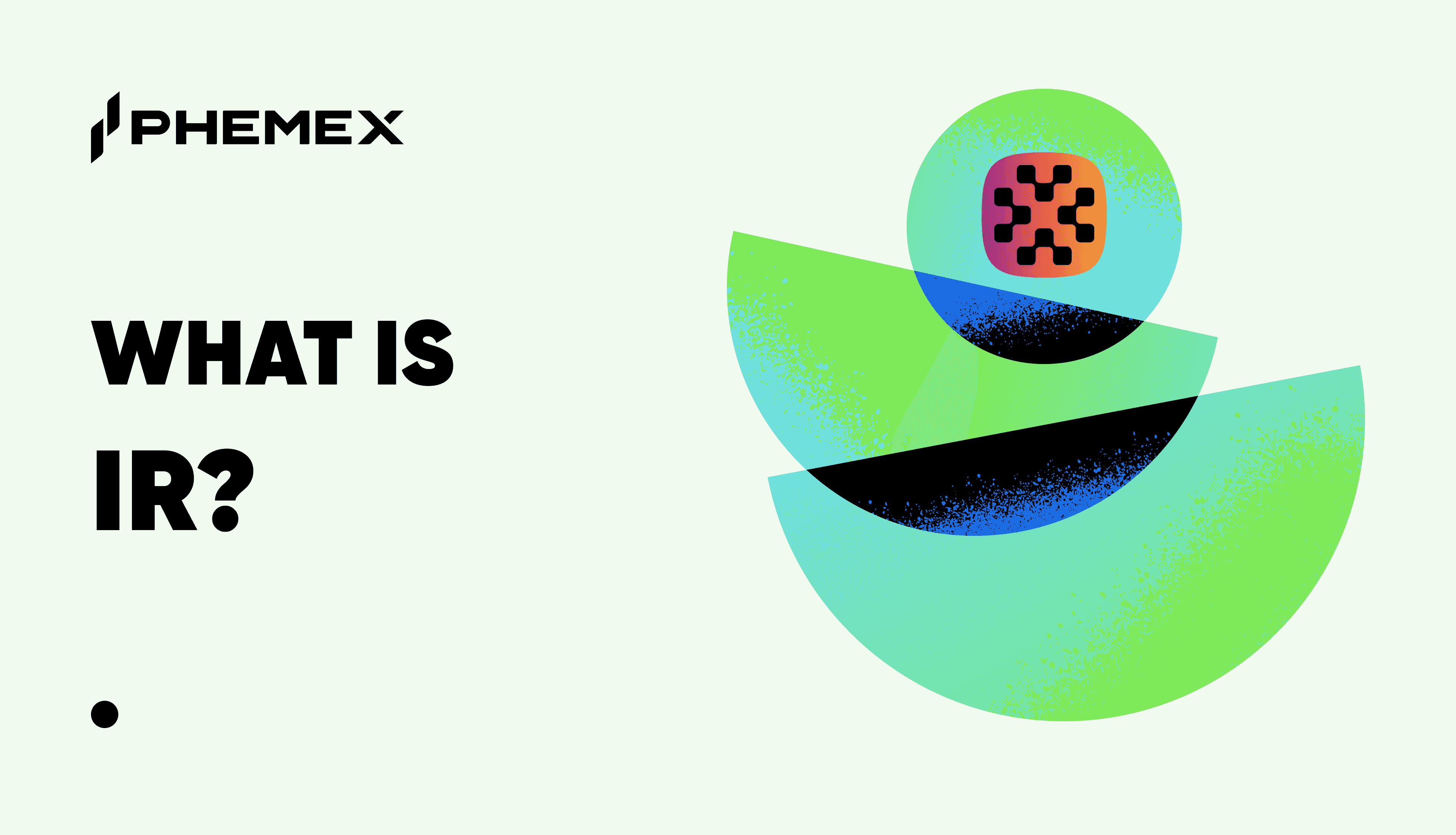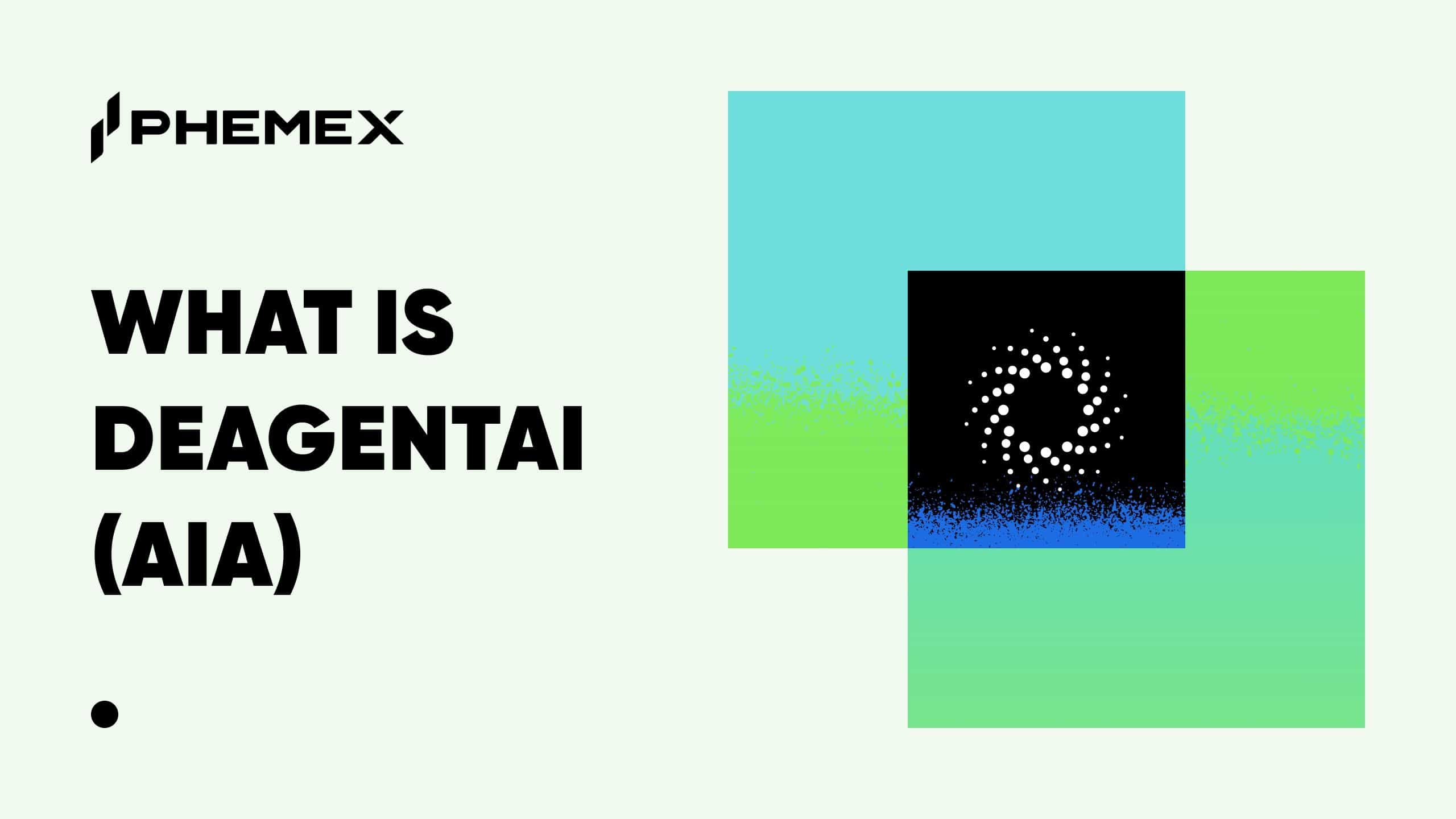In the rapidly evolving world of artificial intelligence, the quality of data used to train AI models is paramount. Sapien is a pioneering project at the intersection of AI and blockchain technology, creating a decentralized data foundry. It connects a global network of human contributors with enterprises in need of high-quality, verified data for training AI systems. This guide will explore what Sapien is, its significance in the crypto and AI industries, and how you can get involved.

Quick Facts About Sapien (SAPIEN)
-
Ticker Symbol: SAPIEN
-
Chain: Base
-
Contract Address: 0xc729777d0470f30612b1564fd96e8dd26f5814e3
-
Circulating Supply: Approximately 250 million
-
Max Supply: 1 billion
-
Primary Use Case: Incentivizing human contributors for AI data labeling and verification
-
Current Market Cap: Fluctuates with market conditions
-
Availability on Phemex: Yes (Futures)
What Is Sapien (SAPIEN)?
Sapien is a decentralized Web3 data foundry and AI training platform that enables a global network of users to contribute their expertise to train artificial intelligence models. In return for completing microtasks such as labeling data, verifying outputs, and ranking AI responses, contributors earn token rewards and build their reputation within the ecosystem. The project aims to solve the critical bottleneck in AI development: the need for vast amounts of high-quality, human-verified data.
The central idea behind Sapien is to create a transparent and trustworthy layer between AI models and the humans who train them. By leveraging blockchain technology, Sapien ensures that all contributions are recorded on-chain, providing a clear and immutable record of data provenance. This is a significant step forward from traditional, centralized data labeling services, which often lack transparency.
How Many SAPIEN Are There?
Sapien has a fixed total supply of 1 billion SAPIEN tokens. Upon its Token Generation Event (TGE), 25% of the total supply (250 million tokens) became part of the initial circulating supply. The remaining 75% of tokens are locked under various vesting schedules to ensure the long-term alignment of incentives between the team, investors, and the community.
The tokenomics of Sapien are designed to support a sustainable ecosystem. The distribution of the total supply is broken down as follows:
-
Seasonal Airdrops: 13.00% (100% unlocked at TGE)
-
Liquidity Incentives: 7.00% (100% unlocked at TGE)
-
Staking Incentives: 5.00% (100% unlocked at TGE)
-
Supporters / Investors: 26.82% (12-month lock, followed by a 24-month linear vest)
-
Team & Advisors: 20.18% (12-month lock, followed by a 24-month linear vest)
-
Contributor Rewards: 15.00% (36-month linear vest)
-
Community Treasury: 13.00% (36-month linear vest)
This allocation model encourages early participation through airdrops and incentives while ensuring that key stakeholders, like the team and investors, are committed to the project's long-term success through multi-year vesting periods.
What Does SAPIEN Do?
The SAPIEN token is the native utility and governance token of the Sapien ecosystem. Its primary use case is to power the platform's economic model, which connects enterprise demand for high-quality data with a global network of human experts.
Key functions of the SAPIEN token include:
-
Incentivizing Contributions: Users are rewarded with SAPIEN tokens for accurately completing data labeling and verification tasks.
-
Staking and Reputation: To ensure the quality of contributions, users are required to stake SAPIEN tokens. This acts as a form of economic accountability. High-quality work is rewarded, while poor performance can lead to penalties, a system known as "slashing".
-
Governance: Over time, SAPIEN token holders will be able to participate in the governance of the platform, influencing its future development.
Through this system, Sapien aims to transform online work into a sustainable, reputation-based profession for its global community of contributors.
Sapien vs. Ethereum
Comparing Sapien to Ethereum highlights their different roles within the blockchain ecosystem. Sapien is a specialized application-specific token, whereas Ethereum is a foundational, general-purpose blockchain.
Here is a breakdown of their key differences:
| Feature | Sapien (SAPIEN) | Ethereum (ETH) |
| Technology | An ERC-20 token on the Base Layer-2 network, which settles transactions on Ethereum. | A foundational Layer-1 blockchain with its own consensus mechanism. |
| Use Case | Powers a specific application: a decentralized marketplace for AI training data. | A general-purpose platform for a wide range of dApps and smart contracts. |
| Speed and Fees | Benefits from the faster speeds and lower transaction fees of the Base L2 network. | Transactions on the mainnet can be slower and more expensive, especially during high congestion. |
In essence, Sapien relies on the robust infrastructure of the Ethereum ecosystem to achieve its specialized goals.
The Technology Behind Sapien
Sapien's technological foundation is its "Proof of Quality" (PoQ) protocol. This is not a new blockchain consensus mechanism but rather a system of smart contracts and economic incentives designed to ensure the accuracy and reliability of the data provided by contributors. The PoQ system integrates four key components:
-
Staking: Contributors stake SAPIEN tokens as a form of collateral to guarantee the quality of their work.
-
Validation: Work is reviewed and validated by peers within the network who have established a strong on-chain reputation.
-
Reputation: Each contributor has a reputation score that is updated based on the quality and consistency of their work. A higher reputation can lead to greater rewards.
-
Incentives: The system is designed to reward high-quality contributions with SAPIEN tokens while penalizing low-quality work.
This entire system operates on the Base network, providing a scalable and cost-effective infrastructure for Sapien's operations.
The Team & Origins of Sapien
The current iteration of Sapien is led by a team with deep experience in both the crypto and AI industries. The CEO is Rowan Stone, a former Director of Onchain Business Development at Coinbase and one of the co-creators of the Base L2 network. The project's co-founder is Trevor Koverko, the founder of Polymath, a pioneering platform in the security token space.
Interestingly, the Sapien project has an earlier history. It was originally launched in 2017 by UC Berkeley alumni Ankit Bhatia and Robert Giometti as a decentralized social network on Ethereum. Over time, the project evolved, and the current team has pivoted to focus on the pressing need for decentralized AI data.
Sapien has also attracted significant backing from prominent venture capital firms and angel investors, including Variant Fund, Animoca Brands, and Yield Guild Games (YGG), securing $10.5 million in a seed funding round.
Key News & Events
-
June 2024: Launch of the Minimum Viable Product (MVP) of the Sapien platform.
-
August 13, 2025: Official announcement of the SAPIEN Token Generation Event (TGE) scheduled for August 20, 2025.
-
August 20, 2025: The SAPIEN Token Generation Event takes place, with the token launching on the Base network. A portion of the supply is airdropped to early contributors.
-
August 2025: SAPIEN is listed on several major cryptocurrency exchanges for spot and futures trading.
Is SAPIEN a Good Investment?
Disclaimer: This is not financial advice. The cryptocurrency market is highly volatile, and you should only invest what you can afford to lose.
The investment potential of SAPIEN is closely tied to the future growth of the artificial intelligence industry. The demand for high-quality data to train AI models is expected to grow exponentially. Sapien's decentralized approach to sourcing this data presents a compelling alternative to centralized services.
Factors to consider:
-
Market Positioning: Sapien is positioning itself as a key infrastructure player in the AI supply chain, which could be a significant long-term growth driver.
-
Team and Backing: The project is led by experienced professionals with strong ties to major players in the crypto industry like Coinbase. It is also backed by reputable VCs.
-
Community Growth: Sapien has already attracted a large and growing community of data contributors from around the world.
-
Risks: As with any new crypto project, there are inherent risks. The price of SAPIEN is subject to market volatility. The long-term success of the project will depend on its ability to attract and retain both data contributors and enterprise clients. Regulatory uncertainty in the crypto space is also a factor to consider.
Ultimately, a decision to invest in SAPIEN should be based on your own research, risk tolerance, and long-term view of the AI and crypto markets. To stay updated on the latest developments, you can follow the news about SAPIEN and monitor the SAPIEN price on reputable crypto data aggregators.
How to Buy SAPIEN on Phemex
As SAPIEN has launched, Phemex offers a straightforward and secure platform for trading SAPIEN futures. For detailed instructions on how to acquire SAPIEN through Phemex, please refer to our dedicated "How to buy SAPIEN" guide on the Phemex Academy. You can begin to trade SAPIEN on Phemex's futures market.
FAQs
What is the primary goal of the Sapien project?
Sapien's primary goal is to create a decentralized data foundry that provides high-quality, human-verified data for training artificial intelligence models. It aims to make AI data traceable, trustworthy, and scalable.
What is "Proof of Quality"?
"Proof of Quality" is Sapien's system for ensuring the accuracy of data contributed to its platform. It combines economic incentives, such as staking SAPIEN tokens, with peer validation and a reputation system to reward high-quality work and penalize inaccuracies.
On which blockchain does SAPIEN operate?
SAPIEN is an ERC-20 token that operates on the Base network, a Layer-2 scaling solution for Ethereum. This allows for fast and low-cost transactions, which are essential for the platform's micro-reward system.










